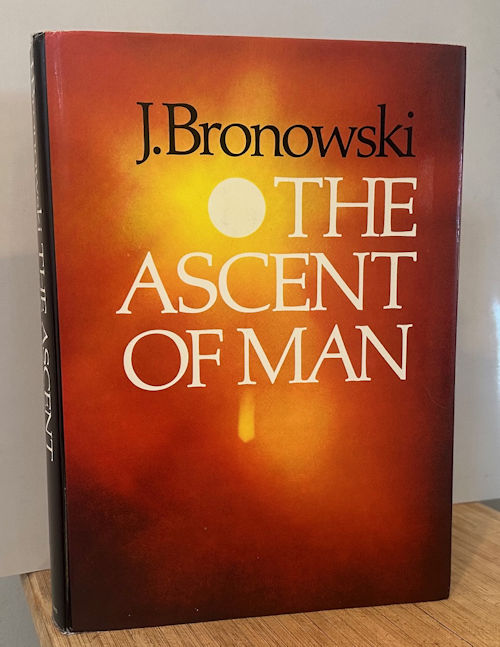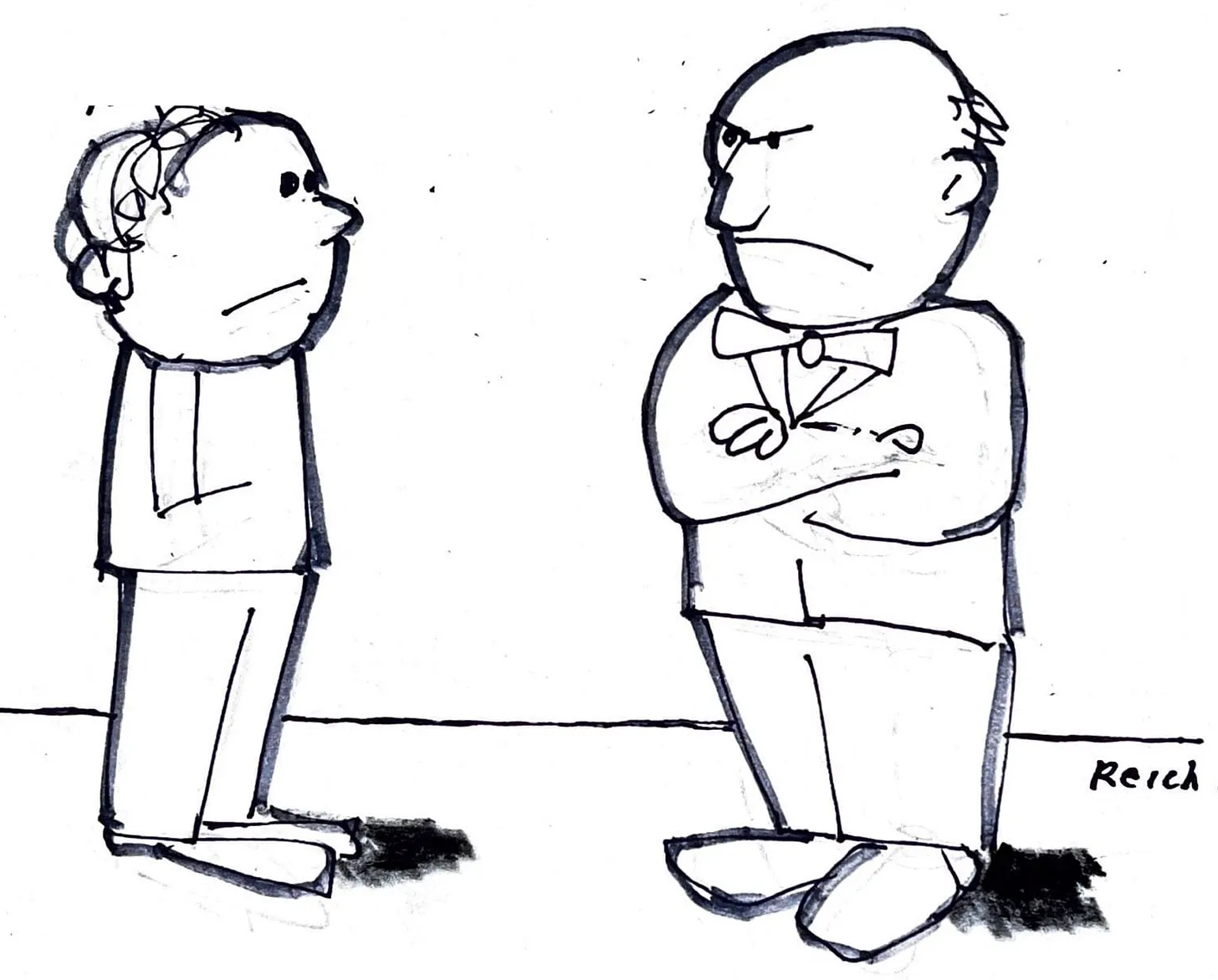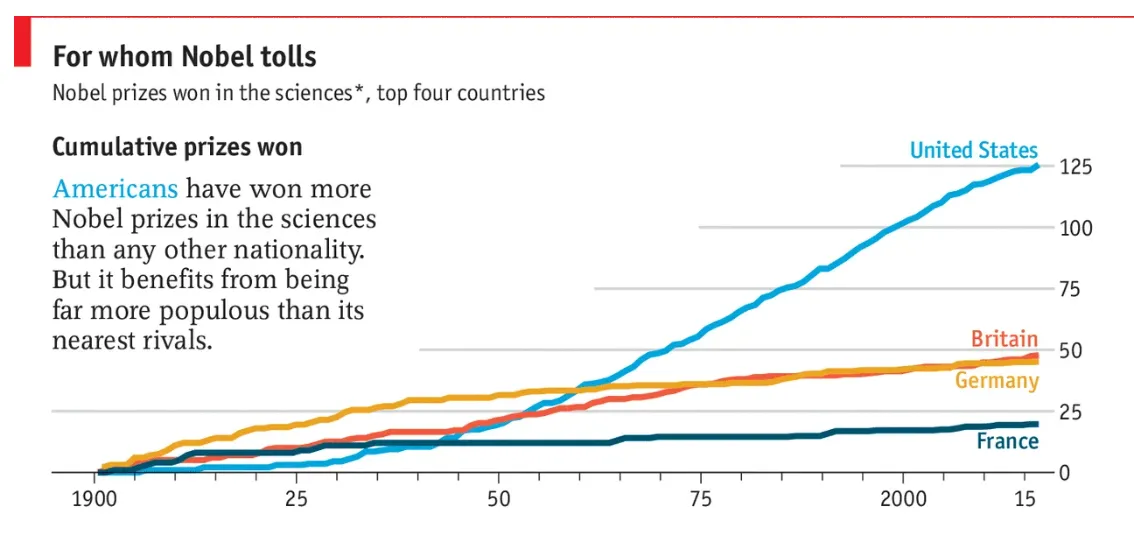(Little, Brown, 1973, 448pp, including 9pp (in tiny print) of bibliography and index)
This is a substantial book that was popular in its time but is probably not really recommendable now, simply because it’s 50 years out of date in those sections that impinge on current science. (That’s the first problem.) It was a big deal in the 1970s because it was the book companion to a 13-part BBC TV series (it would have been on PBS in the States) by a well-known erudite mathematician/historian, who hosted and narrated the show as it was filmed in various spots around the world. It followed the similar series CIVILISATION by Kenneth Clark, and was followed by three or four similar shows, including Carl Sagan’s CONTACT in 1980. Television was in its first prestige period, and least with public television, in that it could finance big-budget documentaries like these.
And therein lies the second problem. Continue reading















